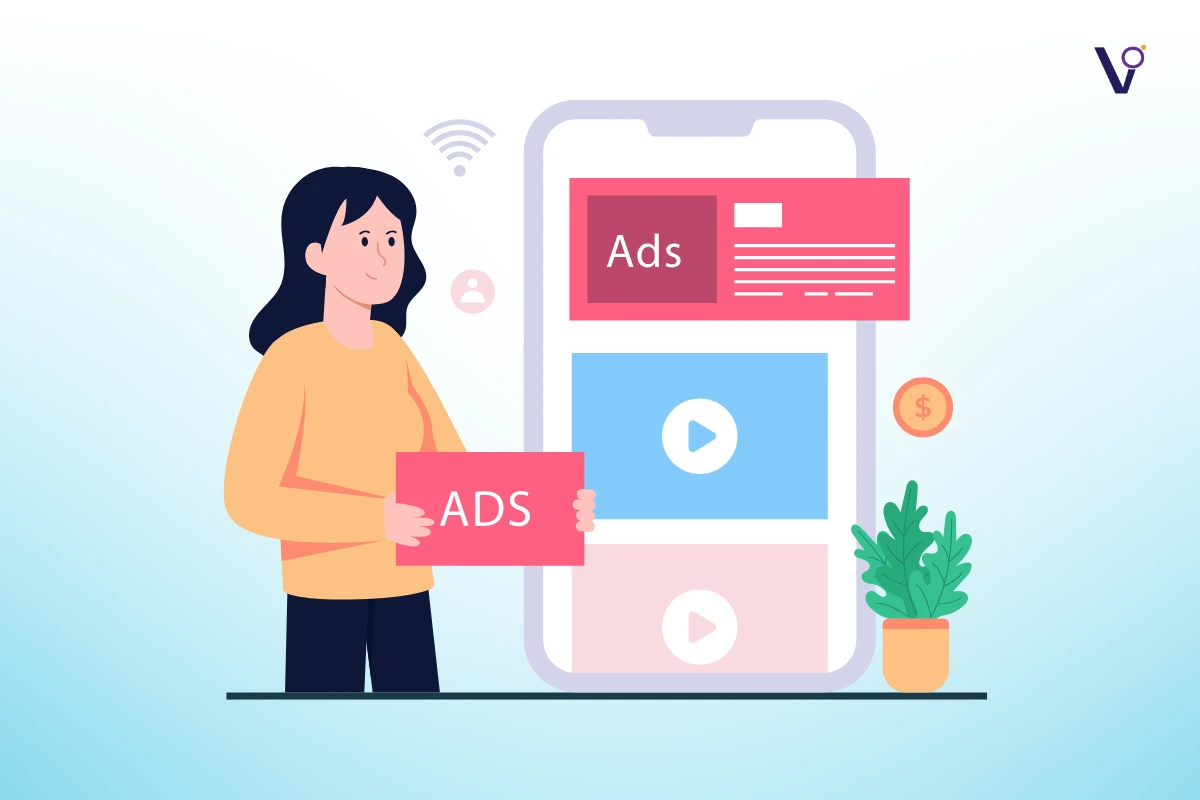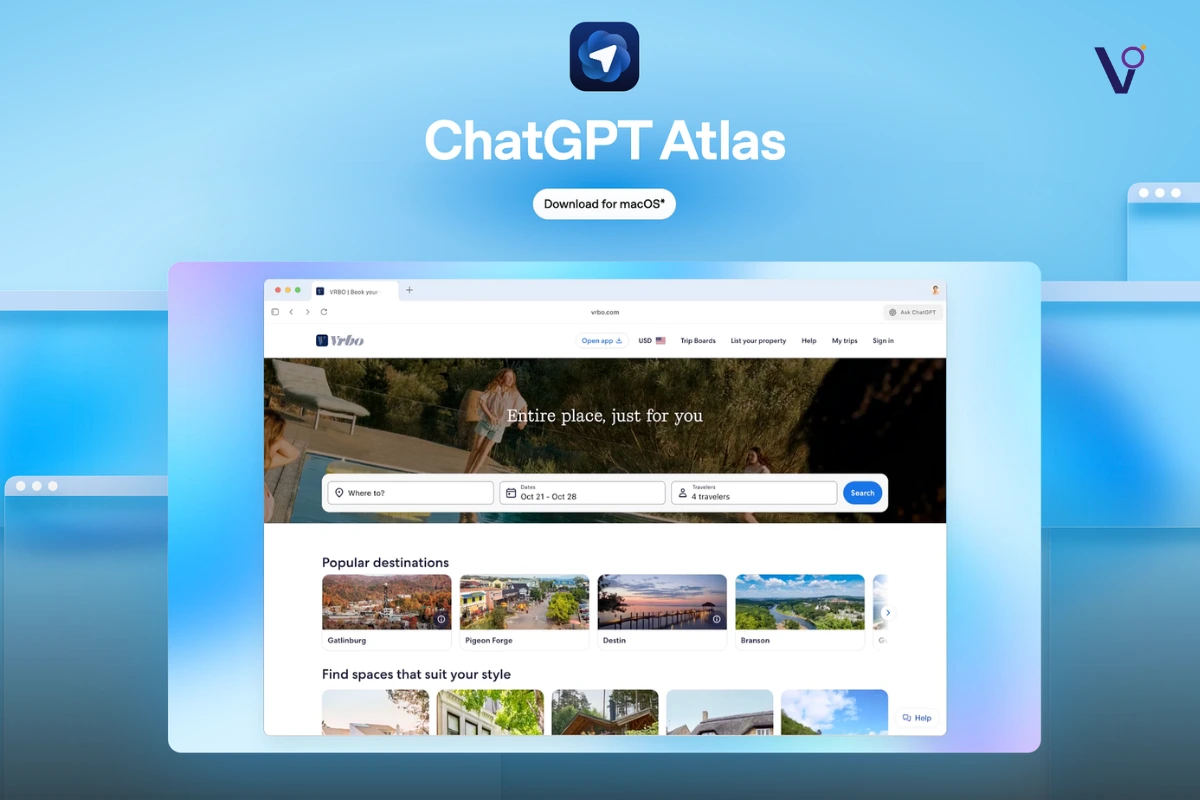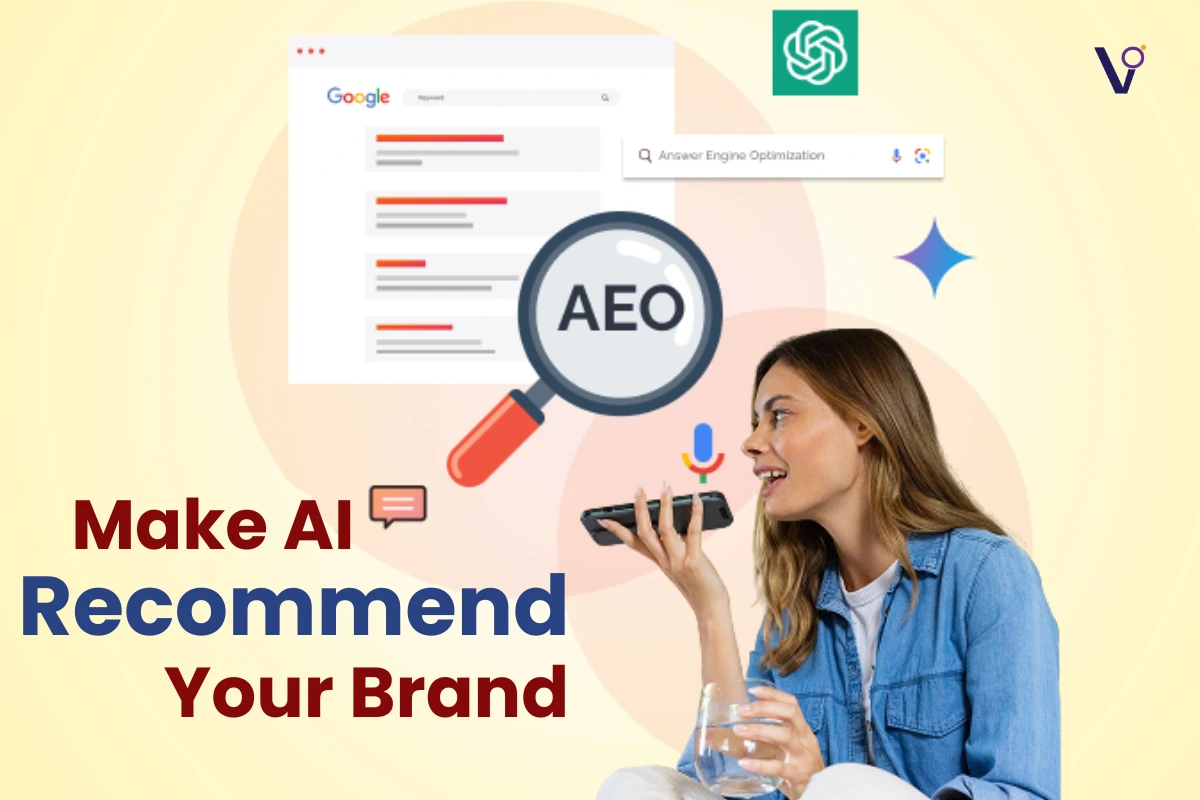The most important part of a Facebook ad campaign is undoubtedly the ad itself. It is the only part that people actually see, and if you want your ads to convert, you must create high-quality ads. This guide will demonstrate how to creating high-converting Facebook ads, focusing on the ad level— including a super easy way to put together stunning ad creatives.
Understanding Facebook Ads
To demonstrate how this works, an example Facebook ad campaign has been created. While this guide will not cover campaign or ad set levels, which are discussed in other resources, the focus here is entirely on the ad level—the most important part of your Facebook ad campaign. As Facebook’s ad platform evolves, many targeting aspects are now handled by Facebook’s machine learning. This makes the quality of your ad even more crucial.
Before discussing the specific elements of an ad, it is important to understand how potential customers interact with ads. When scrolling through Facebook or Instagram, users first see the ad creative—whether an image or video. This grabs their attention. Then, they quickly glance at the headline. If interested, they read the primary text for more information before deciding whether to click through to a website, make a purchase, or become a lead.
Creating High-Converting Facebook ads Facebook Ad
While the creative is the most attention-grabbing part, the best approach to ad creation starts with the headline, followed by the primary text, and ends with the creative.
- Start with the Headline
- The headline should describe the offer clearly.
- It should answer: What do people get? Why should they click?
- A strong headline drives conversions.
- Flesh Out the Primary Text
- This supports the headline by giving more information.
- It should include details about the product or service, why customers should buy, and any key benefits.
- End with the Creative
- The creative (images or videos) is the most important part, as it grabs attention.
- A super easy way to create compelling ad creatives will be discussed later.
To make this guide as useful as possible, examples from different industries will be used. These include premium cakes, dog walking, interior design, and men’s shoes. While the principles apply to all industries, seeing examples from various sectors can help in understanding how to craft effective ads.
Why Do People Buy? Understanding Customer Motivations

Before getting into the specific elements of the ad, we need to think about how our audience, our potential customers, are going to interact with our ads.
They’re scrolling through Facebook or Instagram feeds, where they see the ad.
- The first thing they notice is the creative—image or video—which grabs their attention.
- Then, they quickly glance at the headline.
- If interested, they read the primary text for more information.
- Finally, they decide whether to click, visit the website, purchase, or become a lead.
Before writing the ad, it’s essential to make a list of reasons why people purchase certain products or services.
This exercise helps in crafting strong ad copy. Below are some examples:
Premium Cakes
- Delicious and indulgent
- A special treat
- Low calorie (if applicable)
- A great gift
- Social status (luxury cakes impress guests)
Dog Walking
- Saves time
- Avoids stressful walks
- Eliminates guilt of not walking the dog
- Avoids bad weather
Interior Design
- A stress-free project
- A beautiful home
- Impress friends and family
- Creates a relaxing and cozy space
- A sign of success
Men’s Shoes
- Comfort
- Durability
- Saves money
- Stylish and good-looking
- Social status
This list-making exercise doesn’t take long and helps in crafting compelling ad copy. Not all points can be included in the ad, but the most important ones should be highlighted.
Writing the Headline
The headline should be clear and directly communicate the offer. Avoid being too clever or mysterious. Unlike email subject lines or YouTube titles, Facebook ads need immediate clarity. Users scrolling through their feeds should instantly understand what is being offered and why it is valuable.
Key Tips for Headlines
- Be clear and straightforward.
- Focus on the offer (what they get).
- Include key benefits where possible.
- Ensure the offer is compelling (e.g., a 2% discount won’t attract much attention).

For example:
- Premium Cakes: “Mouth-wateringly good, low-calorie cakes—treat yourself today!”
- Dog Walking: “Stress-free dog walking—never feel guilty again!”
- Interior Design: “Luxury home makeover—zero stress, stunning results!”
- Men’s Shoes: “Stylish, long-lasting, and comfy—ideal for any event!”
In case an ad does not work, one of the most common reasons is quite often a poor headline that fails to make the offer explicit enough.
Following these principles, you can design highly converting Facebook ads that get noticed, convey value, and prompt action.
The single most significant element of a Facebook ad campaign is certainly the ad itself. It’s the only element that anybody sees, and if you desire your ads to convert, then you must build high-quality ads.
Viral Omega: Elevating Facebook Ad Performance
With a focus on Facebook ad management, Viral Omega guarantees that brands run successful campaigns. Viral Omega prioritizes data-driven optimization, captivating ad creatives, and targeted audience targeting over merely airing advertisements. Viral Omega assists brands in efficiently increasing engagement and boosting conversions through the use of tried-and-true ad structures.
Conclusion
Creating high-converting Facebook ads requires:
- A strong, clear headline focusing on the offer
- A well-structured primary text supporting the headline
- Eye-catching creative that aligns with the ad’s message
By following this process, you can craft effective ads that capture attention and drive conversions.
The ad itself is the most crucial part, as it is the only thing users see. A well-crafted ad significantly increases engagement and conversion rates.
Facebook’s machine learning automates many targeting aspects, making high-quality creatives even more essential. A well-structured ad ensures the right audience engages with the content.
Users first see the creative, whether an image or video. This visual element grabs their attention before they glance at the headline or read the primary text.
The primary text should support the headline by providing details about the product, key benefits, and reasons why customers should take immediate action.
Weak headlines, unclear offers, and low-quality creatives are major reasons why ads fail. Ads should be visually appealing, concise, and focused on user needs.



